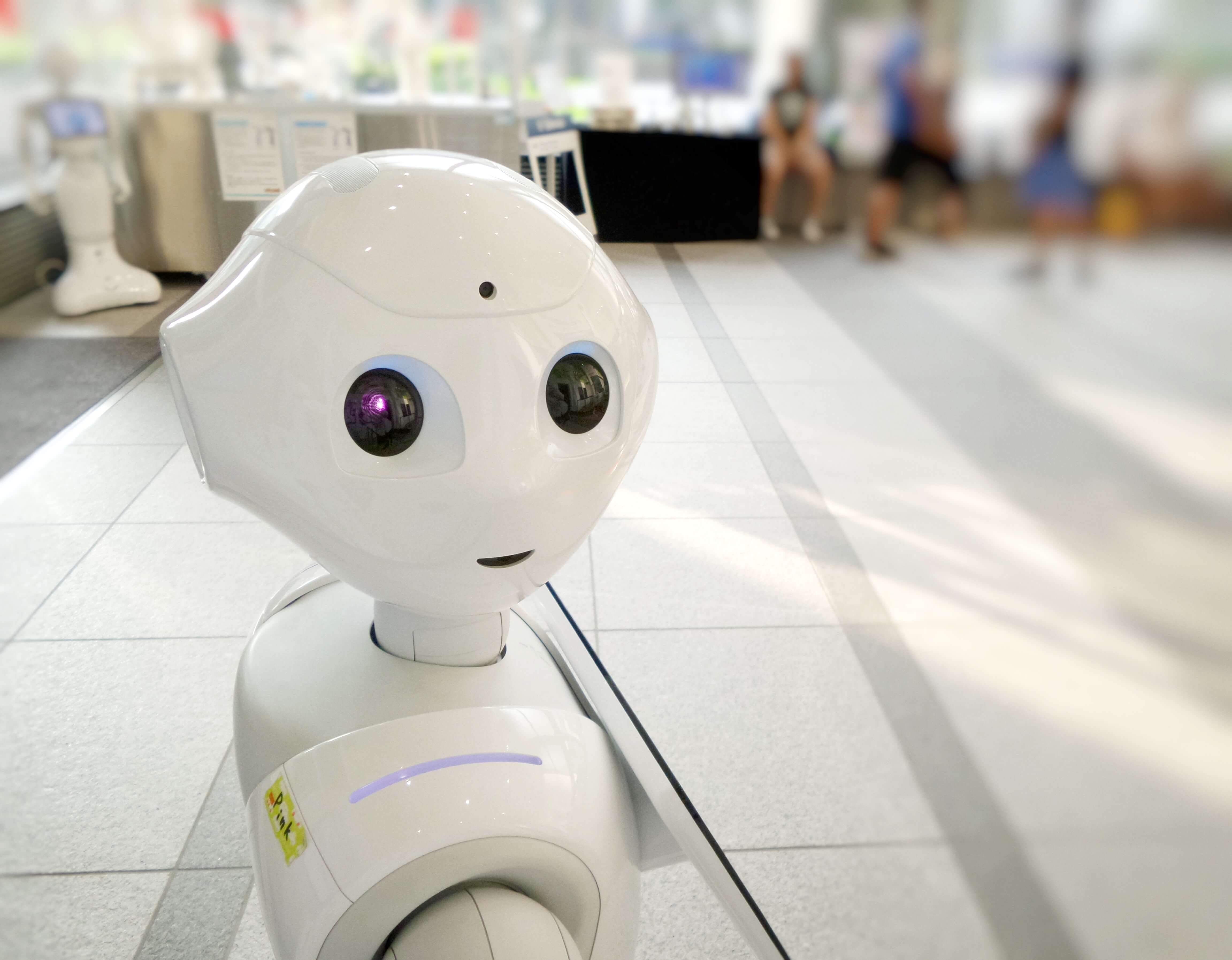unfortunately I haven't read all of you again, I've taken a little break. So now I don't know if we've had this here before... if not
@Bravo will love it
Einführung in die Künstliche Intelligenz für Unternehmen der Industrieproduktion

ki-community.region-stuttgart.de
I translate:
November 24, 2022, 4:00 p.m. - 6:00 p.m
Demystifying AI
Introduction to artificial intelligence for industrial production companies
View attachment 22666
Artificial intelligence (AI), machine learning, neural networks - we encounter terms like these every day as central future topics that offer great opportunities but also challenges for companies. At the same time, many companies are still unsure about the possible applications and the prerequisites for using artificial intelligence. In order to contribute to the demystification of artificial intelligence, the Stuttgart Region Economic Development Agency has won the AI speaker Patrick Klingler for an information event.
As
Manager Chief Data Officer Hub at Mercedes-Benz Group AG, Patrick Klingler has been dealing with the diverse issues of artificial intelligence in corporate use for several years. In his introductory lecture, he will present the
various dimensions of artificial intelligence, show application examples and go into the requirements for using
AI technologies.
Subsequently, support offers for small and medium-sized companies are briefly presented.
Agenda:
16:00 Welcome
16:05 An introduction to modern artificial intelligence.
Patrick Klingler, AI Speaker and Manager Chief Data Officer Hub
at Mercedes-Benz AG
17:10 questions, discussion
5:30 p.m. Brief presentation of the Smart Data Solution Center
Baden-Württemberg, Murat Malyemez, SICOS BW GmbH
17:45 End of the event
Organizational:
The event will take place on November 24, 4-6 p.m., online (MS Teams). The event offers a first insight into the topic of artificial intelligence and is therefore primarily suitable for companies in the field of industrial production in the Stuttgart region that have not yet dealt with the topic of AI in depth. Participation is free of charge, the number of participants is limited. Registration is required via the registration form.
Organized by: Economic Development Region Stuttgart with Cleaning Excellence Center, German Center for Satellite Communication, Packaging Valley and Virtual Dimension Center
The event takes place as part of the "Cluster Automotive Region Stuttgart 2.0 - Transformation Network for Vehicle and Mechanical Engineering (CARS 2.0)" project. CARS 2.0 is funded by the Federal Ministry of Economics and Climate Protection.

www.slashgear.com






